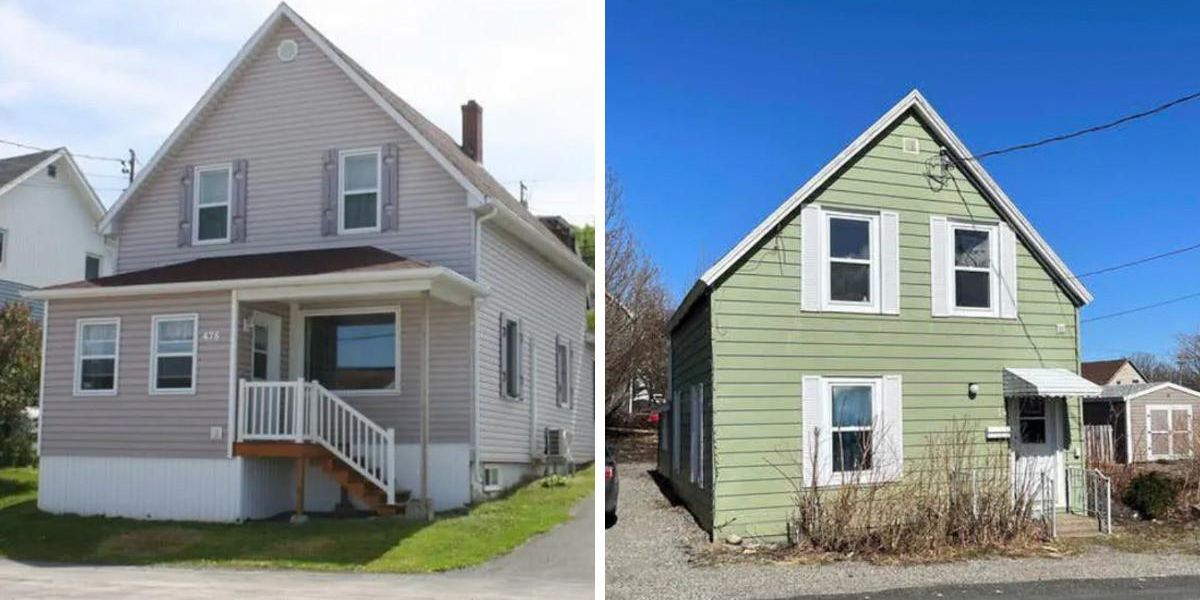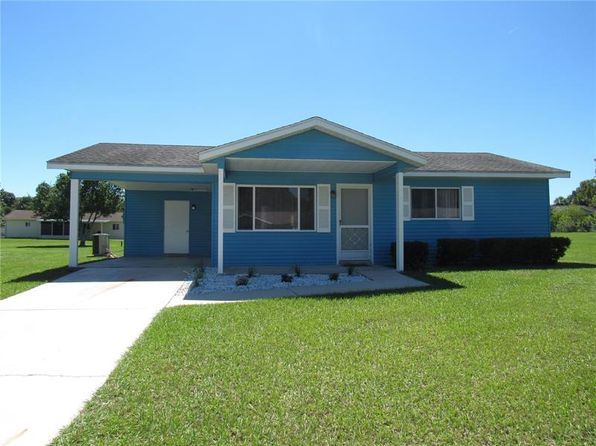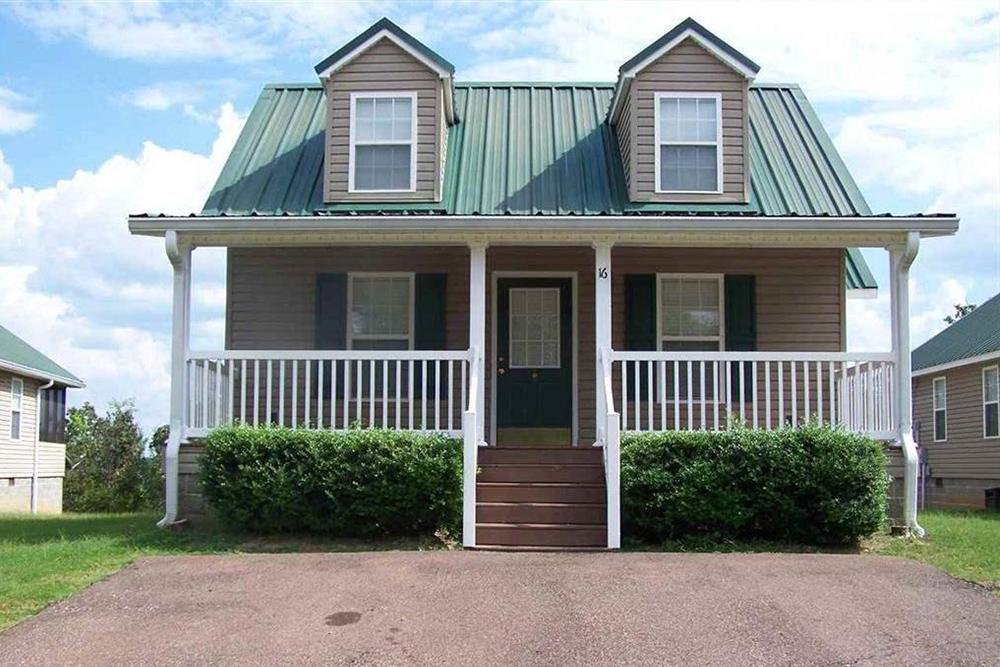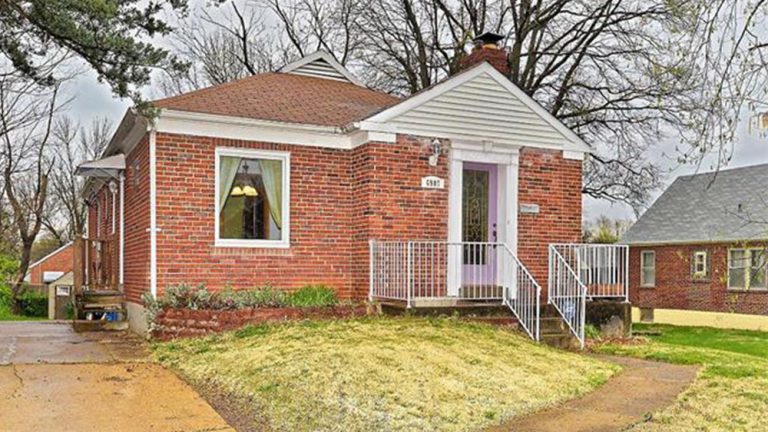Homes For Sale Less Than 100k
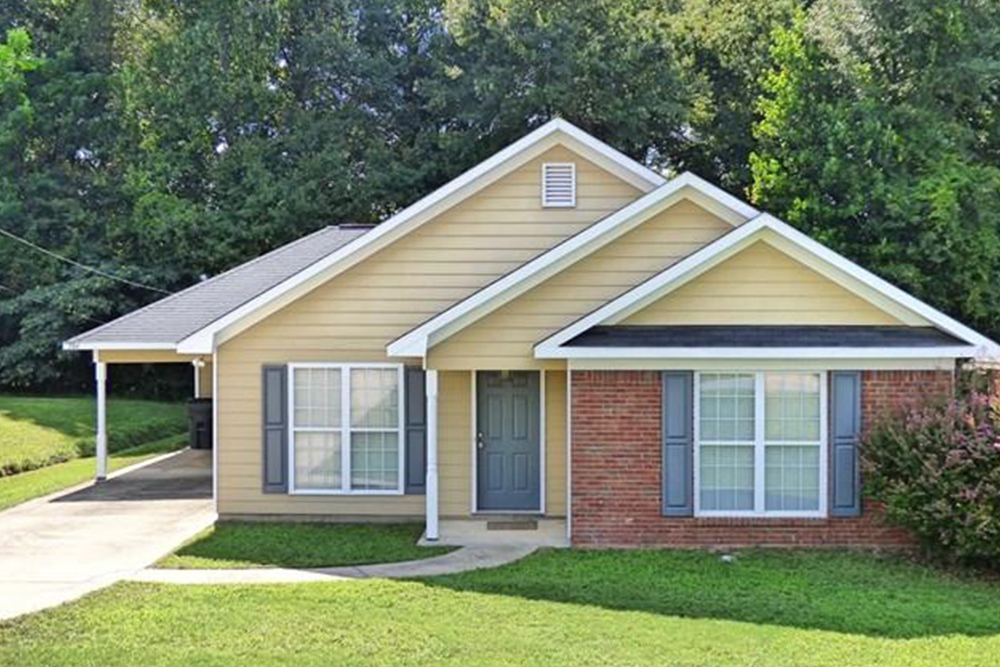
The dream of homeownership is slipping away for many as affordable housing becomes increasingly scarce.
Nationwide, the number of homes for sale under $100,000 has plummeted, creating a crisis for first-time buyers and low-income families. This shrinking inventory presents a significant challenge to achieving the American dream.
Where Did All the Affordable Homes Go?
A recent study by the National Association of Realtors (NAR) reveals a dramatic decline. Specifically, listings priced below $100,000 have decreased by over 50% in the last five years.
This trend is fueled by several factors, including rising construction costs, increased land values, and a surge in demand.
Furthermore, investors are buying up existing affordable properties to renovate and resell at higher prices.
The Impact on First-Time Homebuyers
The disappearing sub-$100,000 market disproportionately affects first-time buyers. These individuals often lack the significant savings required for larger down payments on more expensive properties.
Many are forced to delay homeownership, potentially impacting their long-term financial stability. Renting becomes a prolonged necessity rather than a temporary stepping stone.
This situation creates a cycle of financial strain, hindering their ability to build equity and wealth.
Geographic Hotspots of Affordability Crisis
Certain regions are experiencing a more acute shortage than others. Data indicates that metropolitan areas in the Sun Belt, particularly in states like Florida and Arizona, are facing the most severe contractions in affordable housing inventory.
In these rapidly growing areas, increased competition for limited housing stock is driving prices up. Cities like Phoenix, Orlando, and Tampa are witnessing a notable exodus of affordable options.
Even in areas traditionally known for lower costs of living, such as parts of the Midwest, affordable housing availability is shrinking rapidly.
Digging into the Data: Key Findings
According to Zillow, the median home price in the U.S. now sits well above $350,000. This figure highlights the stark contrast with the dwindling supply of homes under $100,000.
An analysis of Realtor.com listings shows that properties within this price range often require substantial repairs and renovations. This added financial burden further complicates the purchase process for budget-conscious buyers.
The typical buyer in this market segment is likely a young adult, a single parent, or a retiree on a fixed income, all of whom are particularly vulnerable to rising housing costs.
What Can Be Done?
Experts suggest several potential solutions to address the affordable housing crisis. One approach involves incentivizing developers to build more affordable units through tax breaks and zoning reforms.
Another strategy includes government subsidies and grant programs to assist first-time buyers with down payments and closing costs. Furthermore, exploring alternative housing models, such as co-housing and tiny homes, could expand affordable options.
Increased funding for public housing initiatives and stronger regulations against speculative investment could also help stabilize the market.
Ongoing Efforts and Next Steps
Various organizations are working to tackle the shortage of affordable homes. For instance, Habitat for Humanity continues to build and renovate homes for low-income families.
Community land trusts are also gaining traction as a sustainable model for preserving affordability over the long term. These initiatives aim to create permanently affordable housing options for future generations.
However, more comprehensive and coordinated efforts are needed at the local, state, and federal levels to address this growing crisis. Without decisive action, the dream of homeownership will remain out of reach for millions.
"The shrinking inventory of homes under $100,000 represents a serious challenge to housing affordability and economic opportunity," says Dr. Emily Carter, a housing policy expert at the Urban Institute.
The situation demands immediate attention and innovative solutions to ensure that everyone has access to safe, decent, and affordable housing.

